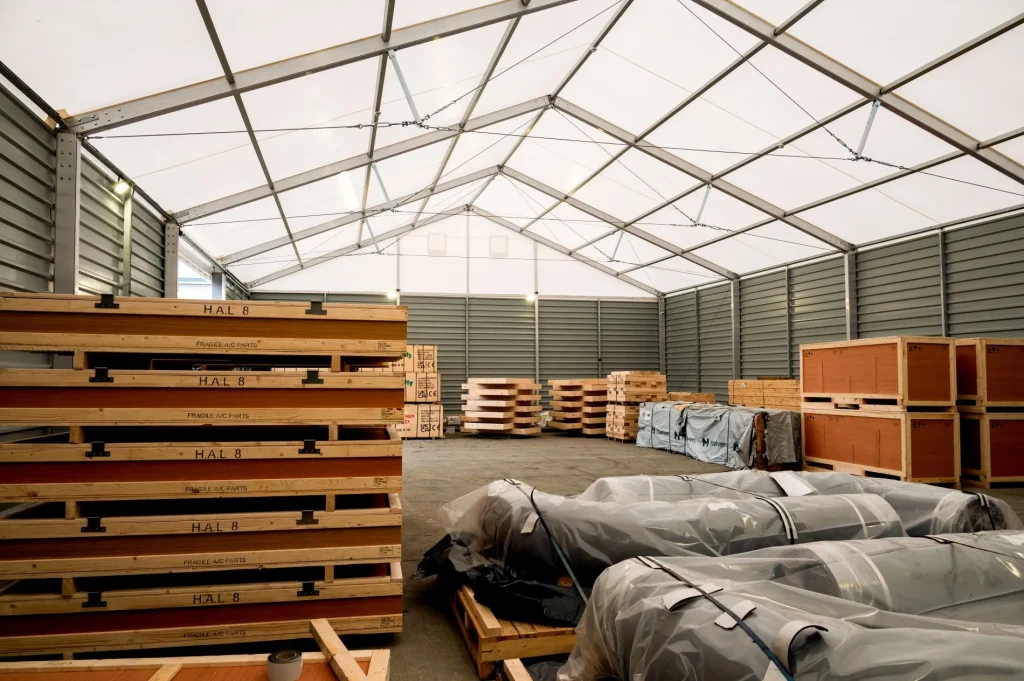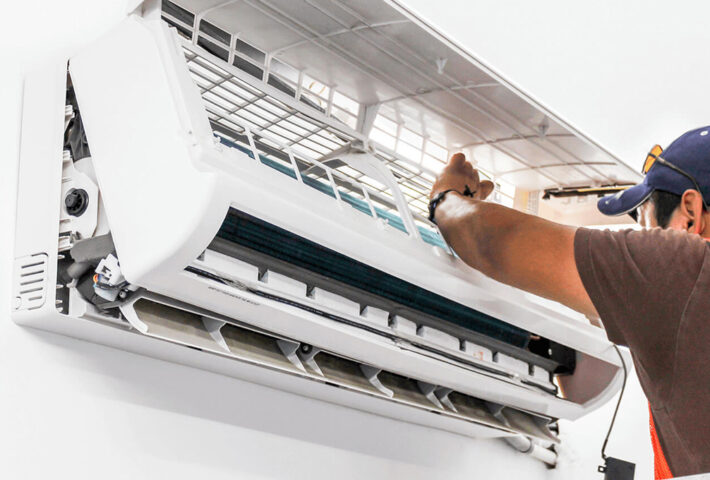Finding safe and reliable storage for personal or business items can be challenging. Temporary storage options offer practical solutions for keeping your belongings secure while maintaining easy access. Whether you are moving, renovating, or simply need extra space, these storage solutions provide peace of mind and convenience. With flexible options available, you can choose storage units that fit your specific needs, protect valuable items, and ensure organized living or workspaces. Efficient storage helps you focus on other priorities without worrying about damage, loss, or clutter.
Temporary storage units offer several advantages for managing your belongings effectively:
- Safety and Security: Modern storage facilities include secure locks, surveillance cameras, and controlled access to prevent theft or damage.
- Flexibility: Short-term or long-term storage plans allow you to keep items for as long as necessary without binding commitments.
- Accessibility: Many storage options provide easy access, enabling you to retrieve or add items whenever needed.
- Space Optimization: Decluttering your home or office becomes easier, creating a more organized environment.
Choosing the Right Storage Solution
Selecting the right temporary storage solution depends on your needs and the type of items you plan to store:
- Size Matters: Evaluate the amount of space required. Units range from small lockers to large rooms for bulky items.
- Climate Control: Sensitive items like electronics, documents, or antiques benefit from temperature- and humidity-controlled storage.
- Security Features: Look for features such as individual unit alarms, CCTV monitoring, and gated entry to protect valuables.
- Accessibility Options: Ensure the facility allows convenient hours of access and has easy loading and unloading processes.

Common Uses of Temporary Storage
Temporary storage is suitable for various situations, including:
- Residential Needs: Store seasonal items, furniture during renovations, or belongings when relocating.
- Business Storage: Keep office supplies, inventory, or documents safely without occupying essential workspace.
- Special Items: Protect valuables like artwork, collectibles, or important records in secure, monitored units.
Tips for Efficient Storage
Maximizing your storage space ensures your items remain safe and organized:
- Label Boxes Clearly: Clearly mark each box with its contents to save time when retrieving items.
- Use Durable Packing Materials: Protect fragile items with bubble wrap, sturdy boxes, or protective covers.
- Stack Strategically: Place heavier items at the bottom and lighter ones on top to prevent damage.
- Maintain an Inventory: Keep a detailed list of stored items to track and locate them efficiently.
Efficient temporary storage options provide a secure, organized, and convenient solution for both personal and business needs of Kleine opslag huren. By choosing the right unit with proper security features, climate control, and easy accessibility, you can protect valuable belongings while optimizing space. Implementing smart packing techniques and maintaining an inventory enhances the storage experience, ensuring peace of mind. Temporary storage is not just a space-saving solution it is a reliable method to keep your important items safe and readily available whenever you need them.






